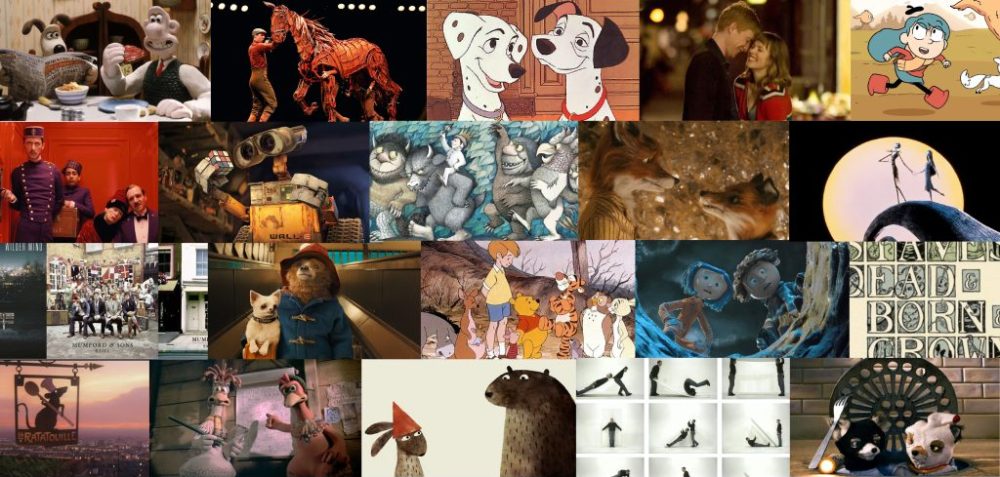
I’m a huge fan of art that is fun and meets people at whatever level of art knowledge they approach it at. In my own animation practice, I really want to bring my experimental, fine art interests together with my sense of humour and desire to make things that can engage a wide audience. This exhibition was perfect for seeing that kind of work in practice. Artist Jason Wilsher-Mills approached a complex and difficult experience in his life, exploring both the physical and emotional trauma of his disability, but he tells his story with humour, colour and a range of ways for visitors of all ages to engage with the art.




Accessibility is a huge part of this exhibition, which I love. There is an audio guide recorded by Wilsher-Mills himself, tactile flooring to guide the visually impaired, and visitors are allowed to touch all of the works. When I was listening to Wilsher-Mills talking about the huge sculpture of himself in the middle of the room, I leaned my arms against the side of it to get comfortable, and somehow that made me feel more connected to what I was looking at and listening to. Interactivity and participation in art is something I’m obsessed with, and want to keep on coming back to in my practice when I get the chance.

My plan for this project is to infuse a little of the concept behind this exhibition, by bringing my own experimentation and humour to my work.
